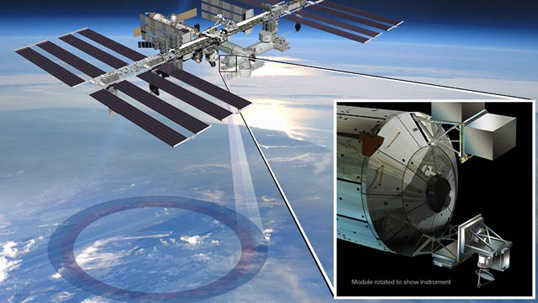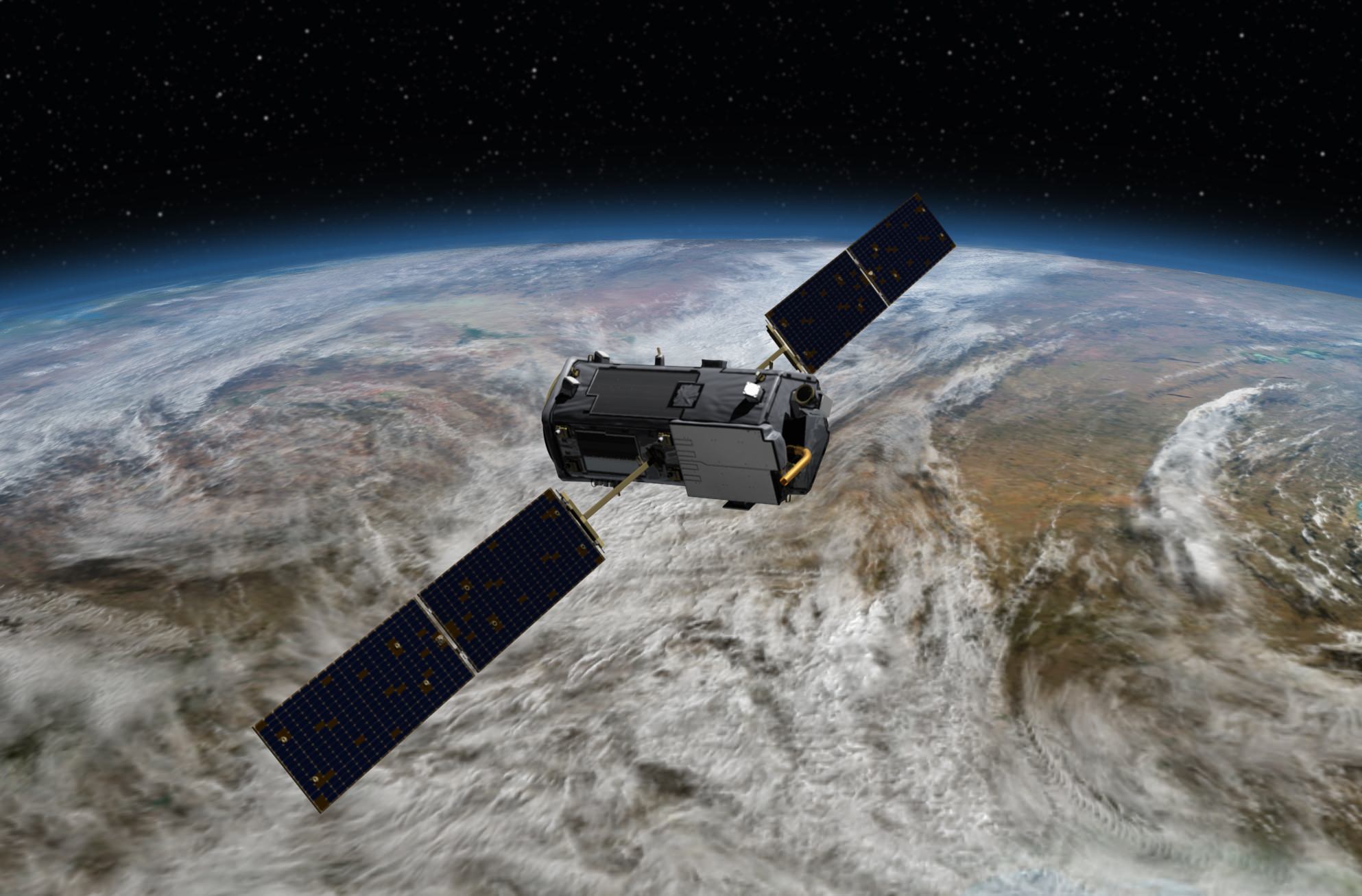How badly will climate change affect our planet? Different models tell us different things, and that’s partly because we need more precise information about the factors that warm the world. How much is sea level rising? What are the levels of carbon dioxide in the atmosphere? All of these things must be known.
NASA expects to launch five Earth science missions this year, which is the biggest roster in more than a decade. They’ll track rainfall, seek water hiding in soil, and examine carbon dioxide and ocean winds around the world. Here’s a quick rundown of the busy launch schedule:
Global Precipitation Measurement (GPM) Core Observatory (Feb. 27): This will be the first of a series of satellites to look at snow and rain from space. “This new information will help answer questions about our planet’s life-sustaining water cycle, and improve water resource management and weather forecasting,” NASA stated. This joint spacecraft with the Japanese Aerospace Exploration Agency (JAXA) will launch from Japan’s Tanegashima Space Center on a H-IIA rocket. GPM was built at NASA’s Goddard Space Flight Center in Maryland.
ISS-RapidScat (June 6): This sensor will sit on the International Space Station and monitor ocean winds (including storms and hurricanes). What’s interesting about this mission is its use of old parts, NASA points out, as well as the decision to mount it on a station rather than take the more expensive route of making it a separate satellite. The probe will launch on a SpaceX Dragon spacecraft (aboard a SpaceX Falcon 9 rocket) from Florida’s Cape Canaveral Air Force Station as part of a regular commercial resupply flight.

Orbiting Carbon Observatory (OCO)-2 (July): NASA plans to take a second crack at this type of satellite after the OCO launch failure in 2009. The satellite will seek out carbon dioxide to better understand where it is emitted (in both natural and artificial processes) and how it moves through the water, air and land. This will launch from California’s Vandenberg Air Force Base on a Delta II rocket. OCO-2 will be managed by NASA’s Jet Propulsion Laboratory in California.
Cloud-Aerosol Transport System (CATS) (Sept. 12): This technology demonstration project will use lasers, in three wavelengths, to examine tiny particles borne into the atmosphere from phenomena such as pollution, smoke, dust and volcanoes. “These aerosol particles pose human health risks at ground level and influence global climate through their impact on cloud cover and solar radiation in Earth’s atmosphere,” NASA stated. This will also leave Earth aboard a SpaceX resupply flight from Cape Canaveral.
Soil Moisture Active Passive (SMAP) mission (November): Will check out the moisture level of soil, with the aim of refining “predictions of agricultural productivity, weather and climate,” NASA stated. Also managed by JPL, this satellite will spend its time in an almost-polar “sun-synchronous” orbit that keeps the sun’s illumination below constant during SMAP’s turns around the Earth. SMAP will launch from Vandenberg on a Delta II rocket.
Source: NASA

